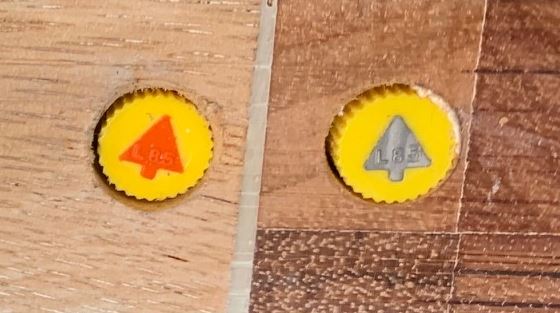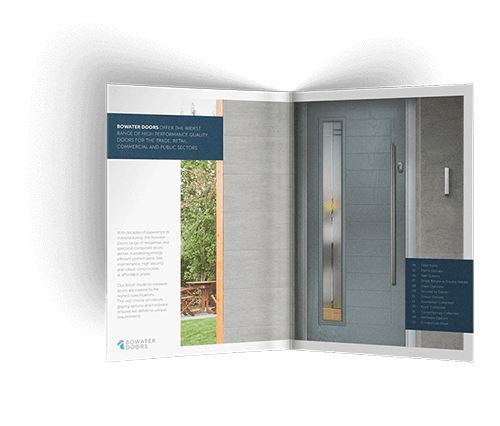FD30 Fire Doors – Frequently Asked Questions
Fire Doors are a vital component in any fire safety strategy. Here are a number of the most commonly asked questions we receive regarding Bowater's FireShield range of FD30 composite fire doors.
CANT FIND YOUR ANSWER - ASK US A QUESTIONA fire door is a specially designed door set that has been tested to slow the spread of fire and smoke.
Pick your perfect door today
Lorem ipsum dolor sit amet, consectetur adipiscing elit. Est turpis pellentesque orci faucibus. Aliquet felis massa feugiat amet sem eget volutpat nunc.


